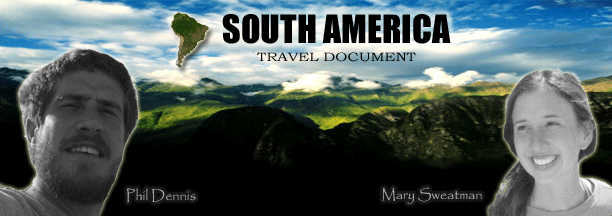That evening my Mom and Dad headed home, and the rest of us went out for dinner and chess in the square.
The next two days, we wondered around Lima, picking up presents and last minute souvenirs. Phil and I spent some quality time sitting by the water, reminiscing about our trip and preparing ourselves for heading home. We of course enjoyed some lovely meals and Lima’s warmth, and tried to soak in as much Spanish as possible.
Then it was time to go. Very late on Monday, April 14th, the four of us headed to the airport for our night flight back to Canada. My Mom met us at the airport and the five of us had an airport snack/lunch, before Karen and Graham caught their connection to Halifax. Phil and I went to my parent’s place for five days, visited with Phil’s grandparents in Port Dover, friends and family from Stoney Creek to Toronto, and attend my Dad’s wonderful retirement party.
We then headed home on different flights, mine arriving in Halifax on the 21st, to a great welcome from Karen, Graham and Andrea at the airport; and Phil on the 22nd (after stopping in Montreal for his in-person interview), to a great family party at the Dennis’.
It is hard to believe that we are home. Although we are home prematurely, we are both very excited to be here and to start a new chapter. Our time in South America, especially our time in our Cuenca Community, has and will continue to impact us and make us better world citizens.
We are so fortunate that we were able to wonder this world so freely.
Thanks for reading and being a part of our journey.














































